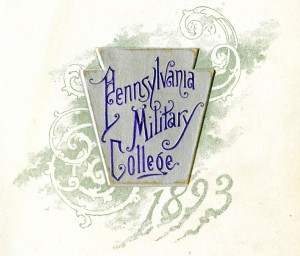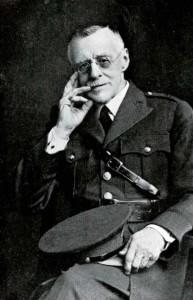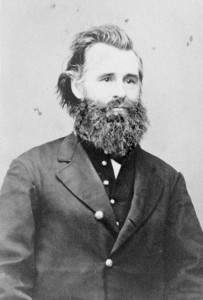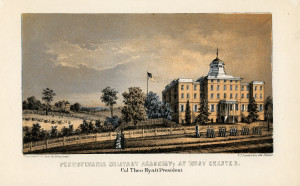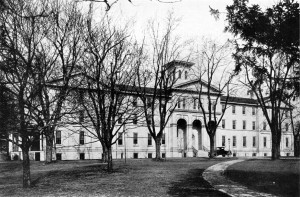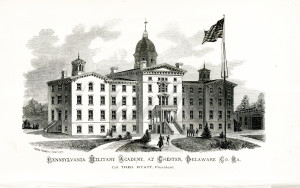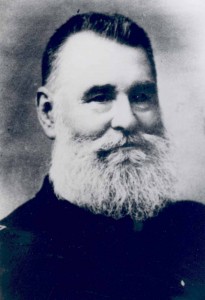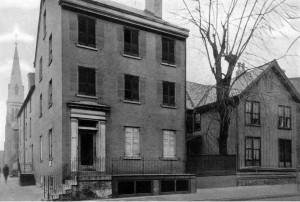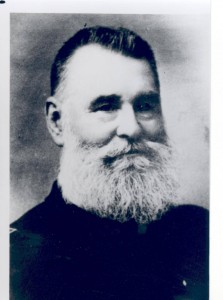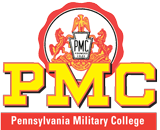In 1865, Colonel George Patten became the Professor of Mathematics at PMA. A West Point graduate, he was a South Carolinian who fought in the Civil War on the Union side before arriving at PMA. He remained at the school until his retirement in 1881. Under his leadership the Scientific Course, which included the civil engineering program, was organized and was considered to be one of the best in the country. In 1867 Thomas R. Larkin, R. Kelso Carter and Robert McStead were awarded a Bachelor of Civil Engineering at Commencement.
After becoming president of PMA in 1888, Charles Hyatt began to increase the average age of all cadets and respond to the growing number of alumni who felt “the value of their degrees was diminished by the name “Academy.’
The Board of Trustees petition the Pennsylvania Legislature and in 1892 the school was granted “all the powers of a Military University” and authorized it to confer scholastic honors and degrees.
